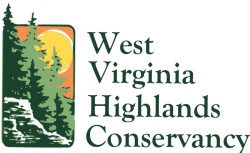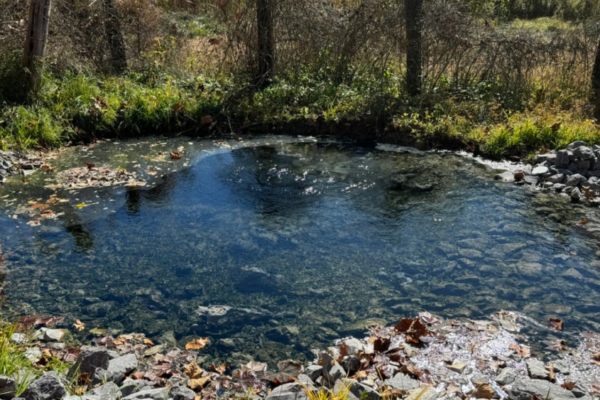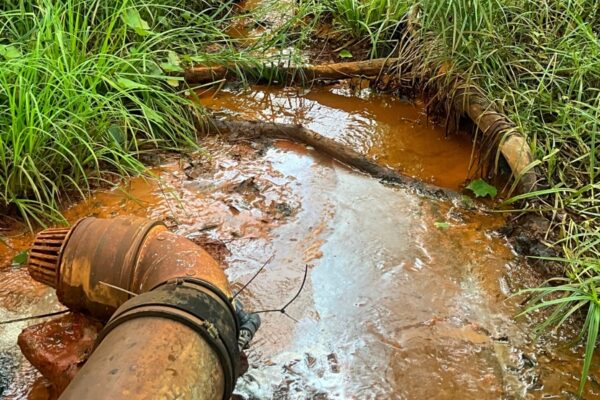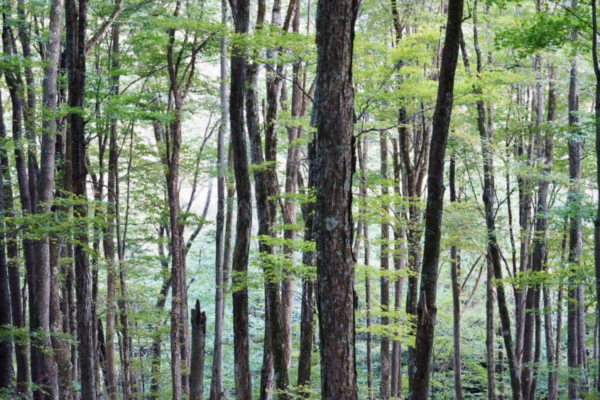-
Mark Your Calendars for WVHC’s 2024 Fall Review!
West Virginia Highlands Conservation Efforts: Exploring the Past and Present to Build a Sustainable Future Oct. 18 – 19 at Cacapon Resort State Park The West Virginia Highlands is a […]
Continue reading -
West Virginia Mountain Odyssey Upcoming Events
Bird Walk and Banding Demo + Old Hemlock Farmhouse Tour, July 14: Spend the morning with us at the Old Hemlock property in Preston County for a bird walk, farmhouse museum […]
Continue reading -
Making a Difference: Practical Actions That Individuals Can Take To Reduce Their Impact on Climate – Transportation and Electricity
Transportation Transportation is the largest source of greenhouse gases in the United States, accounting for 31 percent of all greenhouse gas emissions. Here are a few suggestions for making changes: […]
Continue reading -
Southern WV Needs Clean Water: Contact Leaders Now!
From our partners at West Virginia Rivers Coalition Wyoming County residents have faced severe water quality issues in the Wolf Pen/Indian Creek area, highlighting a regional water crisis. From Below: […]
Continue reading -
WVHC Seeks Applications for AFNHA AmeriCorps Position
Do you love the West Virginia Highlands and have a passion for environmental stewardship and conservation? The West Virginia Highlands Conservancy is seeking applicants for the 2024-2025 Appalachian Forest National […]
Continue reading -
WVHC, ABRA to Co-Host Gaslight Webinar with Jonathan Mingle
On Thursday, Aug. 1, from 12:30-1:30 p.m., the West Virginia Highlands Conservancy and Allegheny-Blue Ridge Alliance will co-host a webinar with Jonathan Mingle, author of Gaslight: The Atlantic Coast Pipeline and […]
Continue reading -
Trouble Above the South Fork of the Cherry River
By Olivia Miller In June, representatives from the West Virginia Highlands Conservancy and partner groups went on a citizen inspection of South Fork Coal Company’s South Fork Deep Mine No. […]
Continue reading -
Burning Biomass for Electricity: Good Idea or Not?
By John McFerrinBurning biomass for electricity is coming to West Virginia, or at least a major proposal to burn biomass to make electricity. We don’t know where, and we don’t […]
Continue reading -
Early Conservancy Activist and Attorney Passes
By Dave Elkinton The West Virginia Highlands Conservancy has been blessed with the talents of many activists and lawyers, but few were as critically important in the Conservancy’s early days […]
Continue reading -
Exploring Native American Influences in Appalachian Traditions and Cuisine
By Larry Jent, Appalachian Forest National Heritage AreaThe Appalachian Forest National Heritage Area (AFNHA) is celebrating America 250 with Indigenous Appalachia events, recognizing Native peoples who have contributed to Appalachian […]
Continue reading






